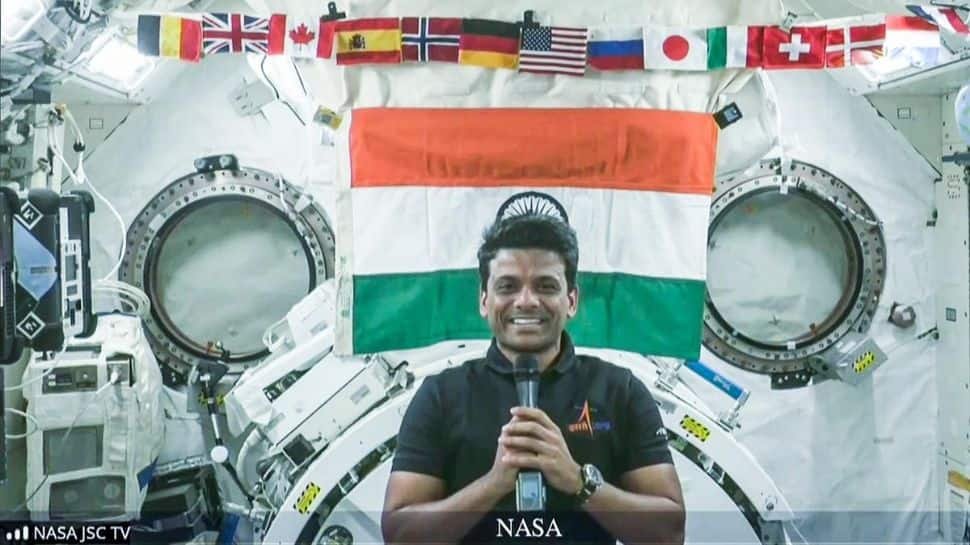New Delhi: Indian Air Force Group Captain Shubhanshu Shukla made history this week. He reached the International Space Station as part of a multi-national mission. From 400 kilometres above Earth, he had a video call with Prime Minister Narendra Modi. The two spoke about his experiences, the calm needed in space and the pride of representing India.
But after that call, a wave of questions flooded social media. The most common one was how is this even possible? There is no mobile tower in space. No Wi-Fi routers floating around. No internet cables dangling through the stars. So how did a video call happen from that far above Earth?
Space has no air. It is a vacuum. Sound cannot travel there the way it does on Earth. There are no telecom towers, no broadband cables and no networks like 4G or 5G. And yet, astronauts stay in constant touch with Earth. Space agencies talk to them every day. Pictures from space come back to us. Live calls happen. Even livestreams.
So, how?
The answer lies in decades of science, engineering and a web of satellites and antennas.
NASA runs a global communication setup. It is called Space Communications and Navigation (SCaN). It is not a single machine or satellite but an entire system built over decades.
Across all continents, NASA has placed giant antennas – each about 230 feet tall. They are not hidden in cities. These massive dishes are in remote areas and carefully chosen. Their job is to send and receive signals from spacecraft moving thousands of kilometers per hour.
That speed is one of the biggest challenges. Spacecraft are not static. They orbit Earth at speeds that make communication difficult. But these antennas, supported by tracking software, can follow every movement.
Then come the relay satellites. These do not explore space. They float above Earth, constantly positioned to keep an eye on astronauts and their vehicles. They act like middlemen – picking up signals and passing them along to ground stations.
Every message, whether it is a text, image or video call follows a basic path: transmitter → network → receiver.
In space, the transmitter could be a console inside the ISS. The network is a mix of high-frequency radio waves, satellites and relay systems. The receiver is one of the big ground antennas back on Earth.
NASA mostly uses radio waves right now. But it is also working on something even faster – infrared lasers. The hope is that one day, astronauts will send huge amounts of data back to Earth using laser-based communication. That would mean clearer calls, faster downloads and more precise control.
India’s Role and Future
India is now part of this global story. Shubhanshu Shukla’s mission adds a new chapter. Indian scientists are also working on better communication systems for space.
India’s space agency ISRO is setting up its own deep space network for future missions like Gaganyaan and Chandrayaan.
When PM Modi spoke to Shukla, it was more than a symbolic call. It showed how far Indian space capabilities have come. And it also revealed how invisible but powerful the communication web between Earth and space really is.



